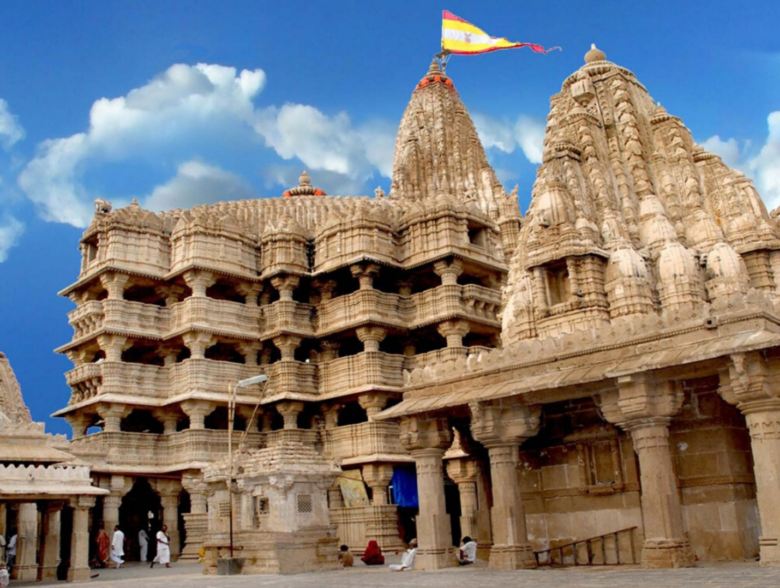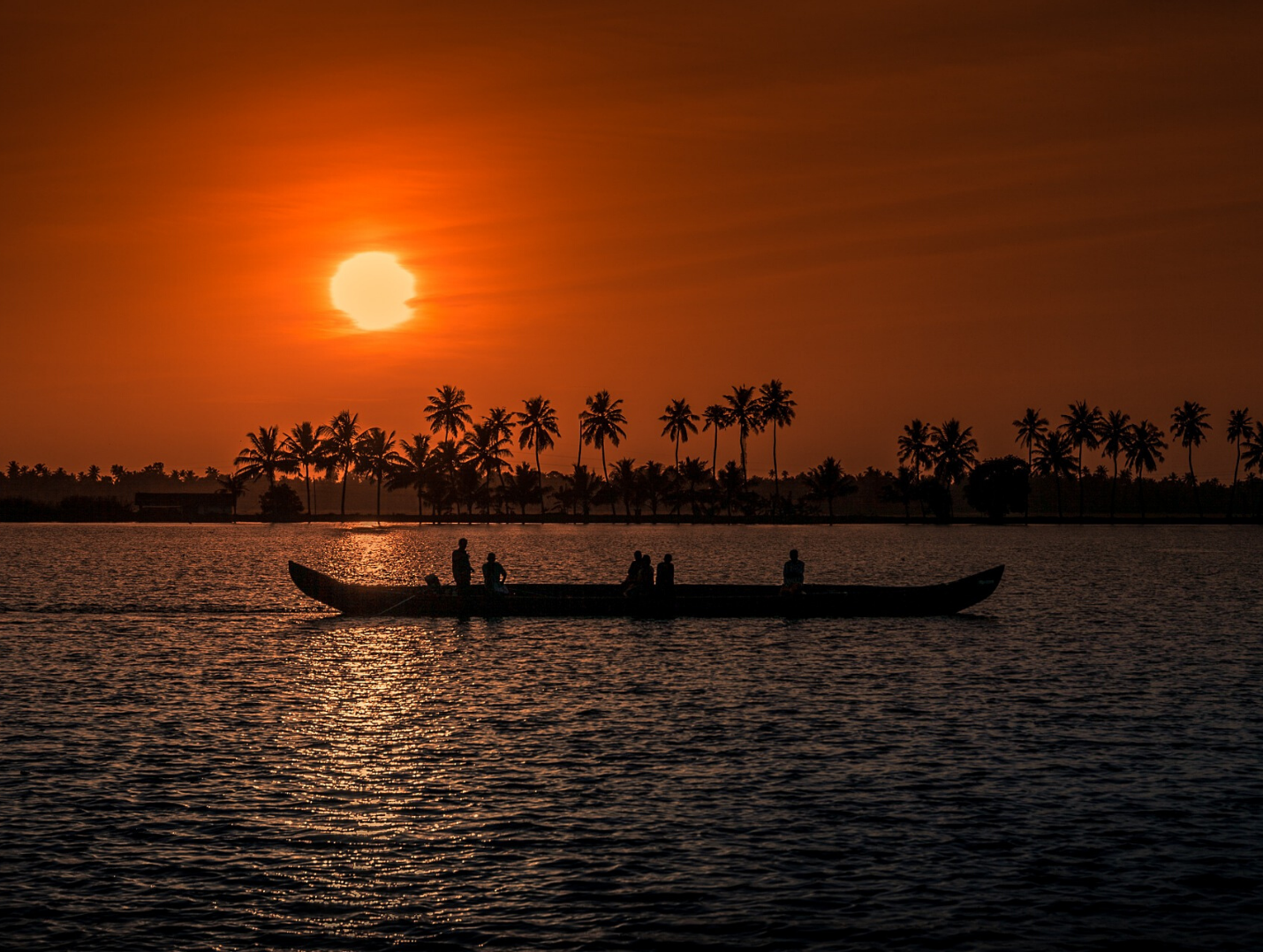Dwaraka
Dwarka itself reminds the Indians about the magical stories of their Gods. The city has remained a holy pilgrimage for the Hindus, jains, and Buddhists since ages. For Hindus, it makes one among the four sacred pilgrimages or Dhams as mentioned in their religious books. The place has remained the capital for the governance of Lord Krishna. The place holds lots of temples and pilgrimages which sees lots of devotees every year. The main economy of the city thus rests on tourism. The temple of Dwarkadheesh, also known as Jagat Mandir, is built on the north bank of the Gomti Creek. The temple dates back to 2,500 years. Architecturally the temple is constructed on the same plan and system as most of the Hindu sacred edifices of antiquity. Sixty columns support the roof of the audience hall of the Jagat Mandir. The main temple is five-story high with the lavishly carved conical spire rising to a height of 157 feet. There is the one-meter tall, fourhanded black idol of Ranchhodrai, the ruler of Dwarika. Amongst a large number of temples belonging to different periods in the history of Dwaraka, the most popular with pilgrims is the temple of Rukmini, Lord Krishna’s wife, who is considered an incarnation of Lakshmi, the goddess of wealth and beauty. In addition to its temples and legends, Dwarka is also sanctified as the seat of Adi Shankaracharya, who established four seats (maths) in four different directions in the country. Research work in Sanskrit is carried on at the Shankaracharya’s seat known as Sharad Peetha.
Map View
Create a trip plan to Dwaraka FREE






Leave a review
You must be logged in to post a comment.